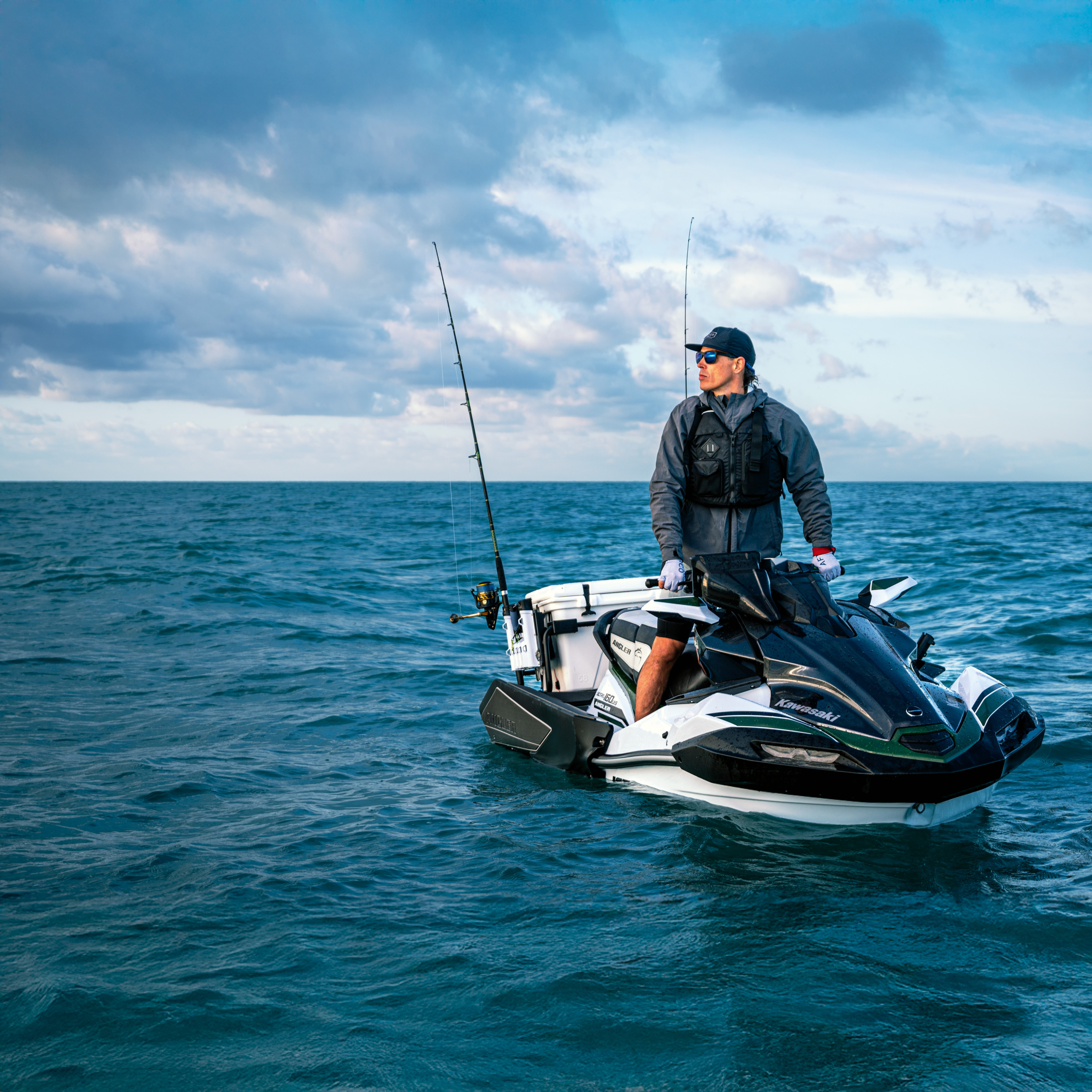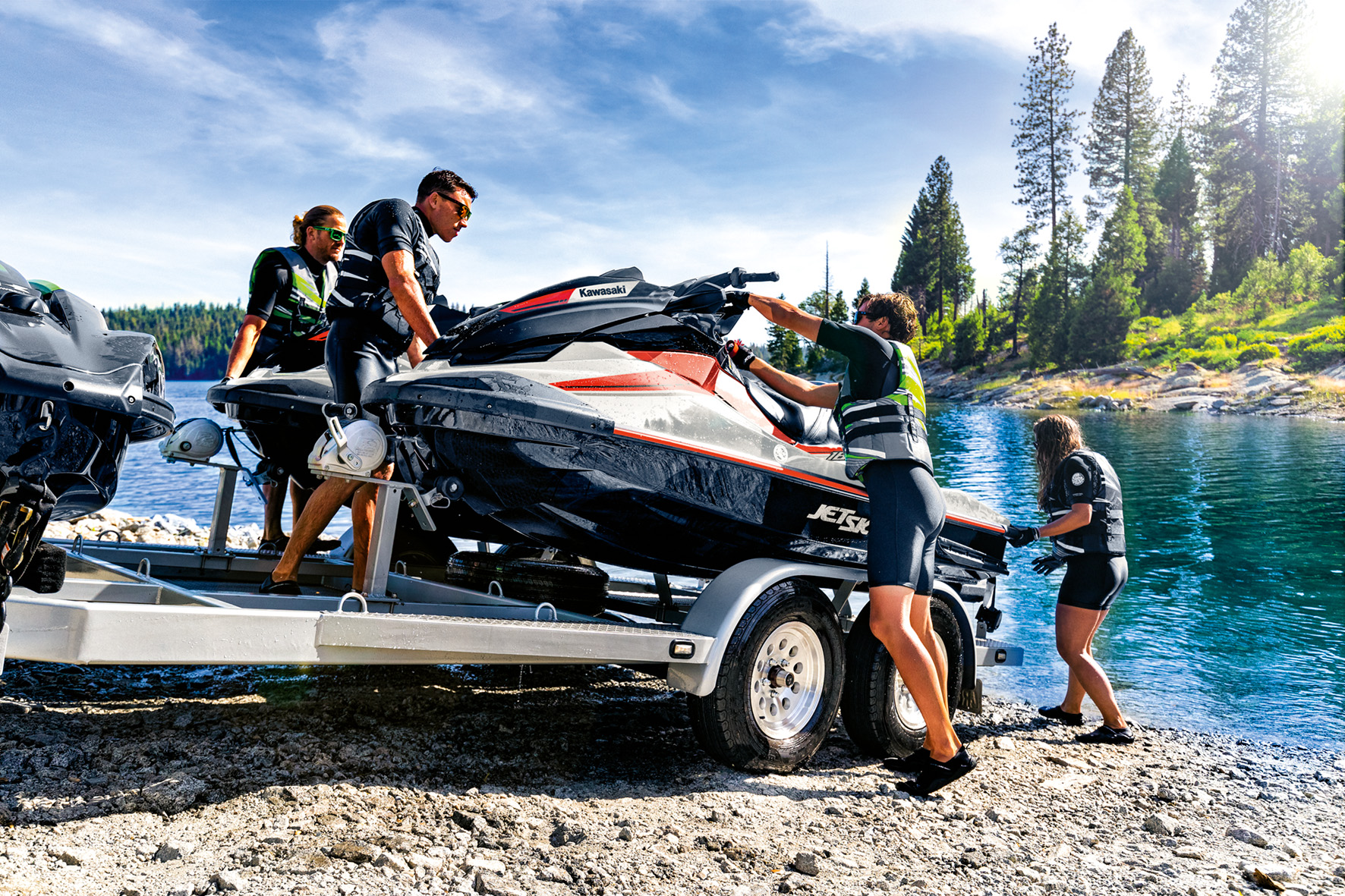
Mark Perlowski, Director, Newcastle Jet Ski Centre, shares some key maintenance advice for your personal watercraft.
There’s a lot to consider when it comes to maintaining your personal watercraft (PWC). Whether you’re preparing for summer adventures or storing your craft through winter, following proper maintenance routines protects your investment and ensures safe, reliable performance on the water.
At Newcastle Jet Ski Centre, our years of expertise have helped thousands of PWC owners stay on top of their maintenance with annual servicing, major repairs, and by educating customers on routine care. Below are some key points to ensures a safe and enjoyable day on the water.
- Check your battery
Before heading out onto the water, check your battery condition by starting your PWC at home and letting it idle for about five seconds. Periods of inactivity can cause battery sulfation and reduce capacity.
Tip: If you’re unsure about battery health, have it tested or replaced to avoid breakdowns.
- What to take with you
An approved life vest, a valid PWC license, and up to date PWC maritime safety sticker (if applicable in your state) are mandatory to have with you. We also recommend taking plenty of drinking water, sunscreen, a tow rope, an anchor, and dock tie.
- Boat ramp etiquette
Park your vehicle away from the ramp and remove rear tie-downs and front safety chain. Ensure hull drain bungs are fitted securely, start your engine, and let it idle for five seconds, before backing down, and launching. Move your craft to a safe area away from the ramp and park your vehicle. Using a trailer coupling lock can help secure your trailer while you’re out on the water. Use an anchor to secure your PWC or tie it to the jetty with an appropriate rope.
- Shallow water warning
Before starting your ride, ensure your PWC is in at least one metre of water. Starting in shallow water can cause the craft to suck in sand, rocks, or debris, which can lead to damage and premature wear in the pump and impeller. Be familiar with your navigation markers and plan your trip.
- Towing safety
PWCs are popular for tow sports like tubing and wakeboarding. Remember to watch the tow rope – never reverse over it – shut the engine off before retrieving ropes or reboarding passengers, and check for entanglements before restarting. If towing, ensure you have a spotter.
- Water ingress protection
Modern PWCs use a wetted exhaust system, and improper handling when capsized can cause water to enter the combustion chamber. Always follow the manufacturer’s correct righting procedure. If the engine doesn’t start normally after being capsized, or is ingesting water, return to shore safely, disconnect the battery and contact a qualified service agent as soon as possible.
- Engine flushing
Always flush your engine with fresh water after each use. Start the engine, give it a couple of quick revs to clear out any salt water left sitting in the water box, then turn on the hose, letting it run at idle for 1.5-2 minutes. Using an engine flush solution can help to break down salt. Turn the water off and give the engine some quick revs to expel the water.
Repeat this clear-out process a few hours later once the engine has cooled, and then again, the next day. On the final clear-out, spray fogging oil into the engine for 5-10 seconds to protect internal components. Don’t forget to flush your intercooler (if applicable) using the correct port.
- Full wash down
Wash the entire craft, including the engine bay, jet pump and trailer – using a salt wash can help. Dry the hull with a chamois, apply a quality marine wax to protect the finish, then spray corrosion prevention on the engine and metal parts.
- Storage and long-term care
If you’re storing your PWC for a long period, try to start the engine every four weeks to keep internal parts moving, and disconnect the battery to help prolong its lifespan.
- Book servicing early
PWCs typically should be serviced at 50hr intervals, or once a year. Ideally before the summer rush. Dealerships get busy during peak periods, so booking early ensures hassle-free riding and avoids long wait times.
For boating news, features and interviews, subscribe to Nautilus Marine Magazine here.
